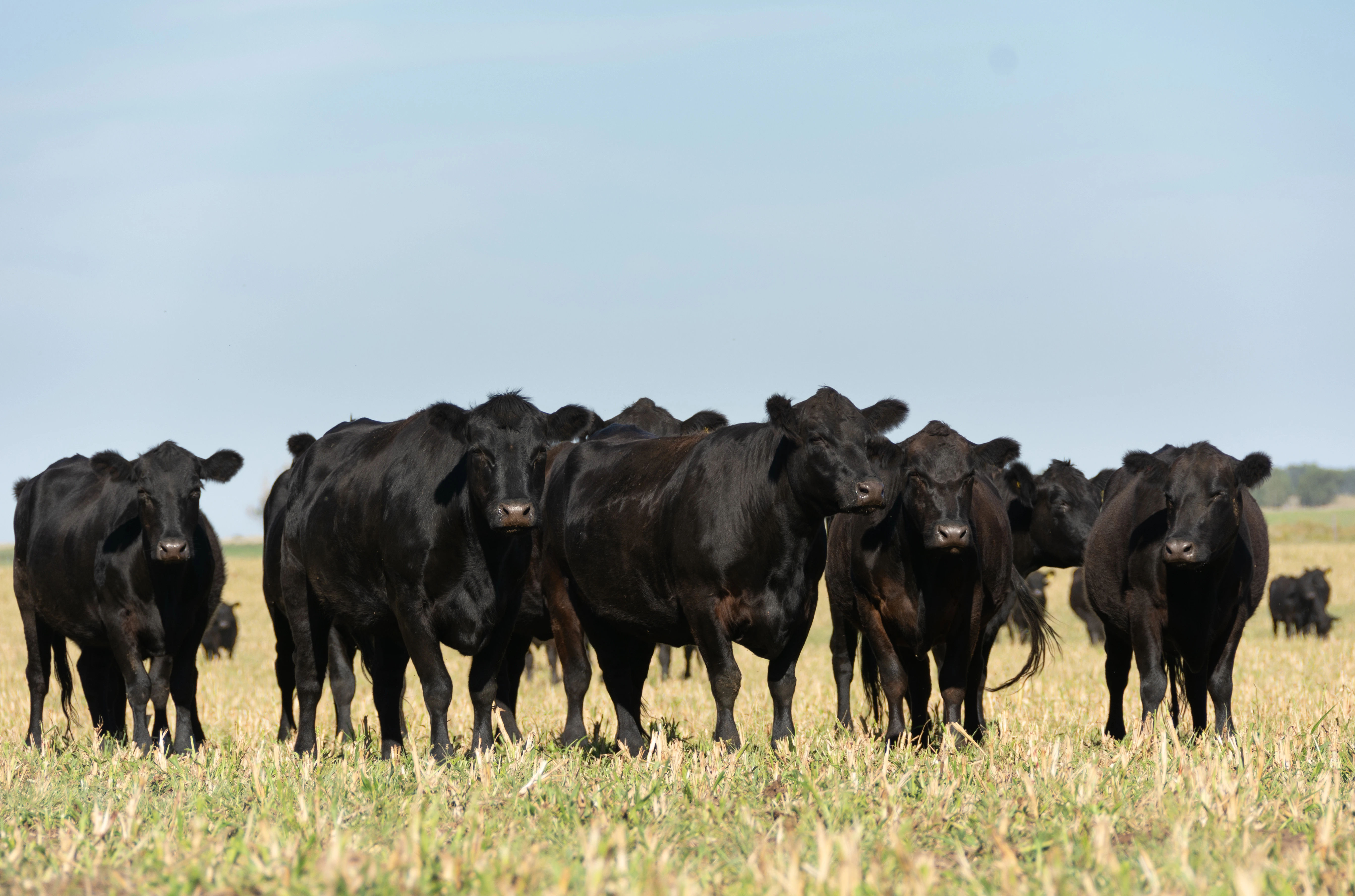
By Chris Mahlerbe, DVM, The Dairy Authority
If your bulk tank somatic cell count (SCC) averages 200,000 cells/mL or less, you are a good candidate for selective dry cow therapy (SDCT).
The change to SDCT, as opposed to a blanket application of intramammary antibiotics at dry off, offers a more targeted strategy and judicious use of antibiotics without negatively impacting animal health or productivity. Unless it is likely that mastitis-causing bacteria are in the udder, administering intramammary antibiotic therapy at dry off provides no benefit to the cow.
To determine if selective dry cow therapy would work on your dairy, ask yourself the following questions:
- Is your herd’s baseline or bulk tank SCC 200,000 cells/mL or less?
- Is your herd’s incidence of clinical mastitis 5% or less?
- Is your incidence of mastitis from Staphylococcus aureus 2% or less?
- Is your incidence of mastitis from Streptococcus agalctiae at 0?
If you answered “yes” to each of these questions the next step is to select which cows are eligible for selective dry cow therapy and therefore excluded from antibiotic treatment at dry off. If you were not able to answer “yes” to each of the above questions, talk with your veterinarian about what steps you could take to lower the SCC and mastitis incidence in your herd.
When enrolling cows in SDCT their selection is based on their own SCC and mastitis case history. Milk production is not used in the selection process. Cows that routinely produce 100 lbs. of milk/day or more are eligible for SDCT provided their individual SCC is low, and they have not struggled with mastitis during this lactation. We have used SDCT in herds averaging over 100 lbs. of milk/cow/day with no detrimental effects. With high-producing cows there are strategies that can be used to decrease milk production prior to dry off. All cows selected for SDCT should receive an internal teat sealant at dry off.
If you use herd management software such as DairyComp 305 selection is easy. You can run a report that looks at individual SCC data over the entire lactation and the number of cases of mastitis a cow has had. To be eligible cows must not have experienced mastitis in the last 30 days before dry off.
If you do not have individual cow SCC and mastitis information another option is to culture cows a few days before planned dry off. Cows that are clear of mastitis pathogens could be enrolled in SDCT.
When you decide to give SDCT a try, make sure to monitor results. That’s the only way to know if the program was successful. Monitor herd-level SCC, 1st test Log SCC and milk production on both cows treated with intramammary antibiotics and cows that were not treated. Also look at the percent of cows that develop new infections during the dry period based on LogSCC at last and first test. In addition, monitor herd-level clinical mastitis cases over time and when they occur during lactation.
Whatever dry off program you decide is right for your dairy, I can’t stress enough the importance of good hygiene practices. Make sure all employees understand both the importance of and the steps to follow to provide a good clean environment before inserting antibiotic tubes or internal sealants into the teat. Good hygiene practices help prevent the accidental introduction of bacteria into the udder at dry off.
To learn more about SDCT talk to your veterinarian.








